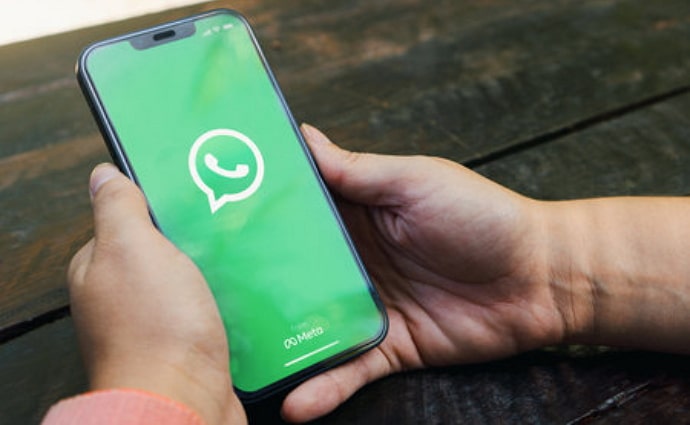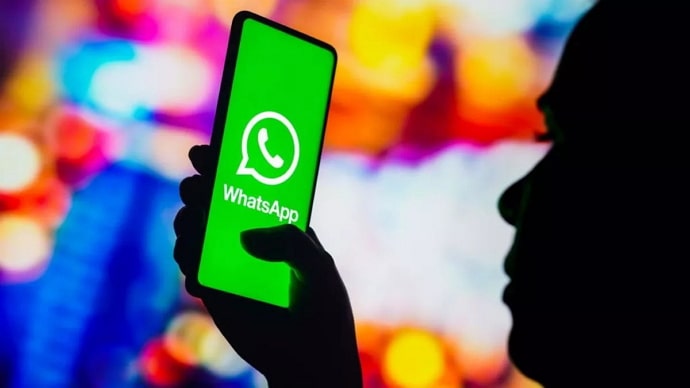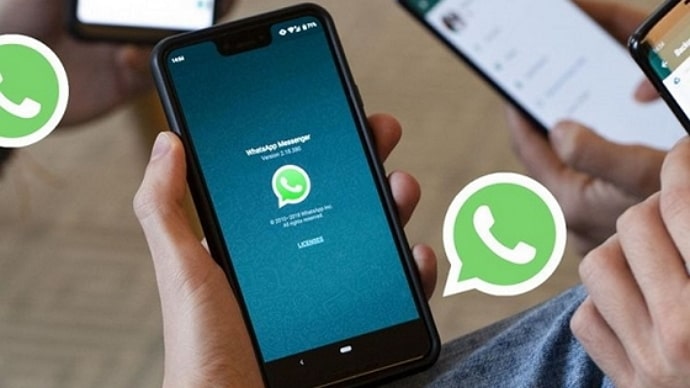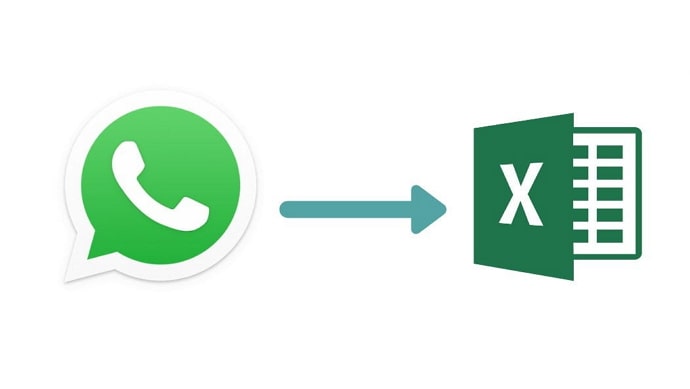In the era of instant communication, the integration of various messaging and calling platforms has become a common practice. However, users often encounter perplexing scenarios, such as receiving a “Busy” signal on WhatsApp when trying to call someone already engaged in a regular cellular call.

This phenomenon can be attributed to the intricacies of call concurrency and the technical aspects of how different communication channels function simultaneously. In this article, we will explore why it shows the other person as “busy” when they are on a normal call and you call them on WhatsApp. Let’s get started!
When Someone is on Normal Call and i Call from Whatsapp, Why Does it Say That the Person is Busy?
In today’s interconnected world, where mobile phones have become indispensable communication tools, it’s not uncommon to encounter situations where individuals are engaged in multiple calls simultaneously.
This can lead to confusion and frustration, especially when attempting to connect with someone who appears to be unavailable. A common scenario is when you try to call someone on WhatsApp, only to receive a “busy” signal despite knowing they are currently on a regular phone call.
Understanding the underlying reasons for this can help you make more informed communication decisions. Call concurrency refers to the ability of a communication system to handle multiple calls simultaneously. In traditional telephony, a phone line could only handle one call at a time.
However, with the advent of digital communication platforms like WhatsApp, the landscape has evolved. Understanding call concurrency involves delving into the technical aspects of how voice data is transmitted and received.
When a person is on a regular cellular call and receives a WhatsApp call, the discrepancy arises due to the fact that these calls operate on different protocols. Traditional cellular calls use circuit-switched networks, while WhatsApp calls typically use Voice over Internet Protocol (VoIP) on a packet-switched network.
The coexistence of these two distinct technologies can lead to conflicts, resulting in a “Busy” status for the WhatsApp caller.
Technical Challenges in Call Concurrency
Several other factors can influence whether or not you receive a busy signal when calling someone on WhatsApp while they are on a regular phone call. Discussed below are some technical challenges in call concurrency.
Network Prioritization
Cellular networks and internet-based calling services prioritize voice data differently. When a regular call is in progress, the cellular network gives it precedence, potentially causing the WhatsApp call to be rejected or marked as busy.
Resource Allocation
Each call, whether traditional or VoIP, requires a certain amount of bandwidth and resources. When a person is engaged in a regular call, the available resources may be fully allocated, leaving insufficient capacity for an additional WhatsApp call.
Handover Procedures
The transition between cellular and VoIP networks during a call handover can be complex. When a user switches from a cellular call to a WhatsApp call, or vice versa, the handover process may result in a temporary “Busy” status as the systems negotiate the transition.
Device Limitations
Some older or less advanced devices may struggle to handle multiple concurrent calls, leading to a “Busy” status for the incoming WhatsApp call.
Synchronization Challenges
Discussed below are some synchronization errors you could be possibly facing.
Protocol Differences
Cellular calls and WhatsApp calls use different protocols for communication. The integration of these protocols poses a synchronization challenge, and the system may interpret an incoming WhatsApp call as a conflicting request when a regular call is active.
Network Latency
Network latency, or the delay in data transmission, can affect the synchronization between the cellular and VoIP calls. The delay may cause the WhatsApp call to be perceived as coming at an inopportune time, leading to the “Busy” status.
Server Processing Time
The servers that handle call requests need time to process incoming calls. If a regular call is ongoing, the server may not be able to respond promptly to the incoming WhatsApp call, resulting in a “Busy” indication.
Possible Solutions and Workarounds
When you encounter a busy signal while calling someone on WhatsApp, it’s important to consider alternative communication strategies. Here are some options to explore:
Network Infrastructure Enhancement
Improving network infrastructure to seamlessly handle both traditional and VoIP calls concurrently can mitigate the issue. Network providers can prioritize efficient call handovers and allocate sufficient resources to accommodate simultaneous calls.
Device and Software Optimization
Regular updates to both devices and communication apps can enhance their ability to manage multiple calls concurrently. Optimizing the software for efficient call handling and reducing latency can contribute to a smoother user experience.
Also Read:





 Bitcoin
Bitcoin  Ethereum
Ethereum  Tether
Tether  XRP
XRP  Solana
Solana  USDC
USDC  Dogecoin
Dogecoin  Cardano
Cardano  TRON
TRON